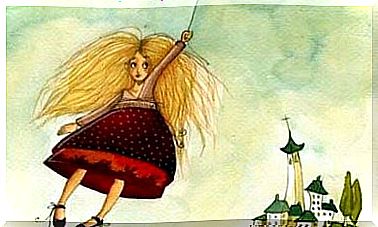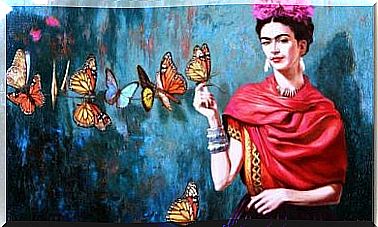How Do The Emoticons We Use Influence Our Brain?
The way we communicate is changing at breakneck speed. In fact, it seems like the wagon that is hooked to the locomotive of technology, which has gone from useful, to essential and in some cases to tyranny. With her we have written again to talk with who is far away or to decorate the display that has become the wall of our profile on social networks. Precisely to overcome one of the limitations of written communication are emoticons.
What do emoticons do? The most common is that they simulate our face, that they accompany a message so that it is understood in the right tone. It is not the mime “Hello. (Smiley face) How are you? (Happy face) ”than“ Hello. How are you?”. In fact, emoticons come to the rescue of our written way of communicating because it is usually serious. In fact, this is how we interpret it and if the “companion” emoticon is missing, it is not uncommon for us to think that the other person is angry.
On the other hand, if we start to write without emoticons, we can have the feeling that the message we have sent may contain all the information, but at the same time not everything we wanted to send.
The origin and importance of emoticons
We could say that emoticons are “cones” (indicators) of emotions. The first emoticon dates from 1982 and the author was computer engineer Scott Fahlman. The use he gave it is very similar to the one we give them now, since he used it in the forums as an indicator when it comes to differentiating messages with an ironic and casual tone from those that were serious.
Since then, such has been the evolution that in 2015, the Oxford dictionary chose an emoji, specifically the one that cries with laughter, as the word of the year. Maybe they were a bit over the top with this decision, but it gives us an idea of how these forms of communication have been naturally integrated into our way of expressing ourselves.
They are no longer forums, but we, like Scott Fahlman, continue to use the smiley face to tone down a message or as a response to a funny message. In fact, the typical “ajjajaja” is getting closer to retirement because the emoticon is more real representing our gesture than that succession of jacks and aes that deep down we rarely produce.
How do we process emoticons?
When a new form of communication appears, a new challenge for science also appears: understanding what effects this way of communicating has on us. Well, an investigation carried out by Yuasa, Saito and Mukawa in 2006 showed, using magnetic resonance imaging as a correlate of the brain activity of the participants, that emoticons are not recognized as faces. That is, the right fusiform gyrus that is normally activated in face recognition remained inactive when exposed to emoticons.
However, what is relevant is not this. What is relevant is that we are capable of identifying each emoticon -at least the most popular ones- with different emotions. So what these researchers tell us is that they are good at their job.
In other research, Churches, Nicholls, Thiessen, Kohler, and Keage (2014) reached a different conclusion, stating that both faces and emoticons activate the same brain areas. Areas all of them located in the occipito-temporal cortex.
In one way or another, it seems that thanks to our ability to learn associatively, our brains have created a relationship between emoticons and the emotions they claim to represent. Thanks to this and to technology it seems that these small drawings, represented even on stuffed animals, have come to our way of relating to stay.
Emoticons and personality
The study of emoticons offers very wide possibilities. One question we can ask ourselves is whether the emoticons we usually use say something about our personality, beyond the immediate communication context of which they are part.
Thus, according to a small experiment carried out by the publicist Daniel Brill, the habitual use of the face that cries with laughter would speak of excessively joking personalities, the use of the face that laughs showing the teeth of defensive personalities and the use of excessive of some An animal, like the octopus, would speak of a personality that has trouble relating.
These notes do not go beyond curiosity since the study had enough methodological gaps for us to consider these conclusions as solid. However, it is no less true that it opens up a very rich field that is yet to be explored, because if something seems clear, it is that emoticons are here to stay.









